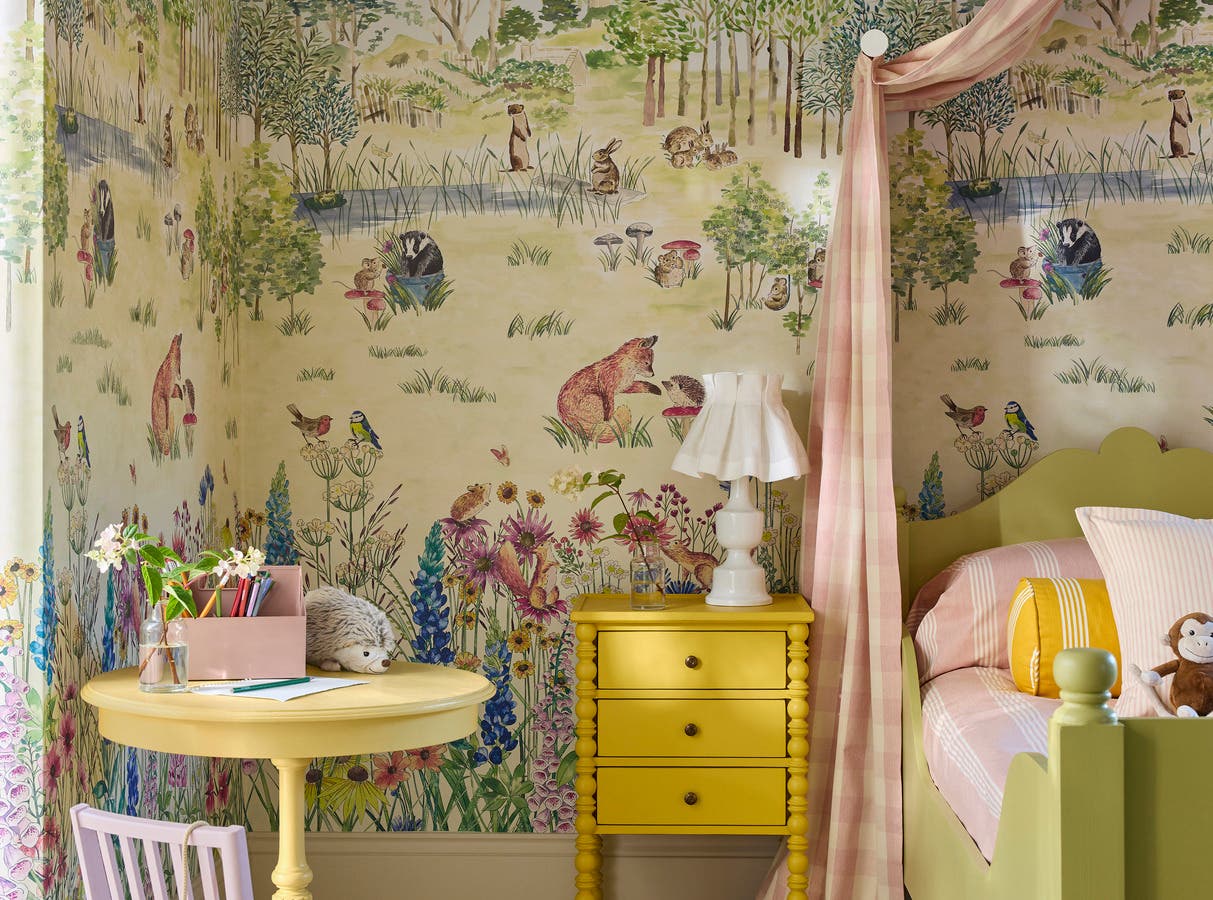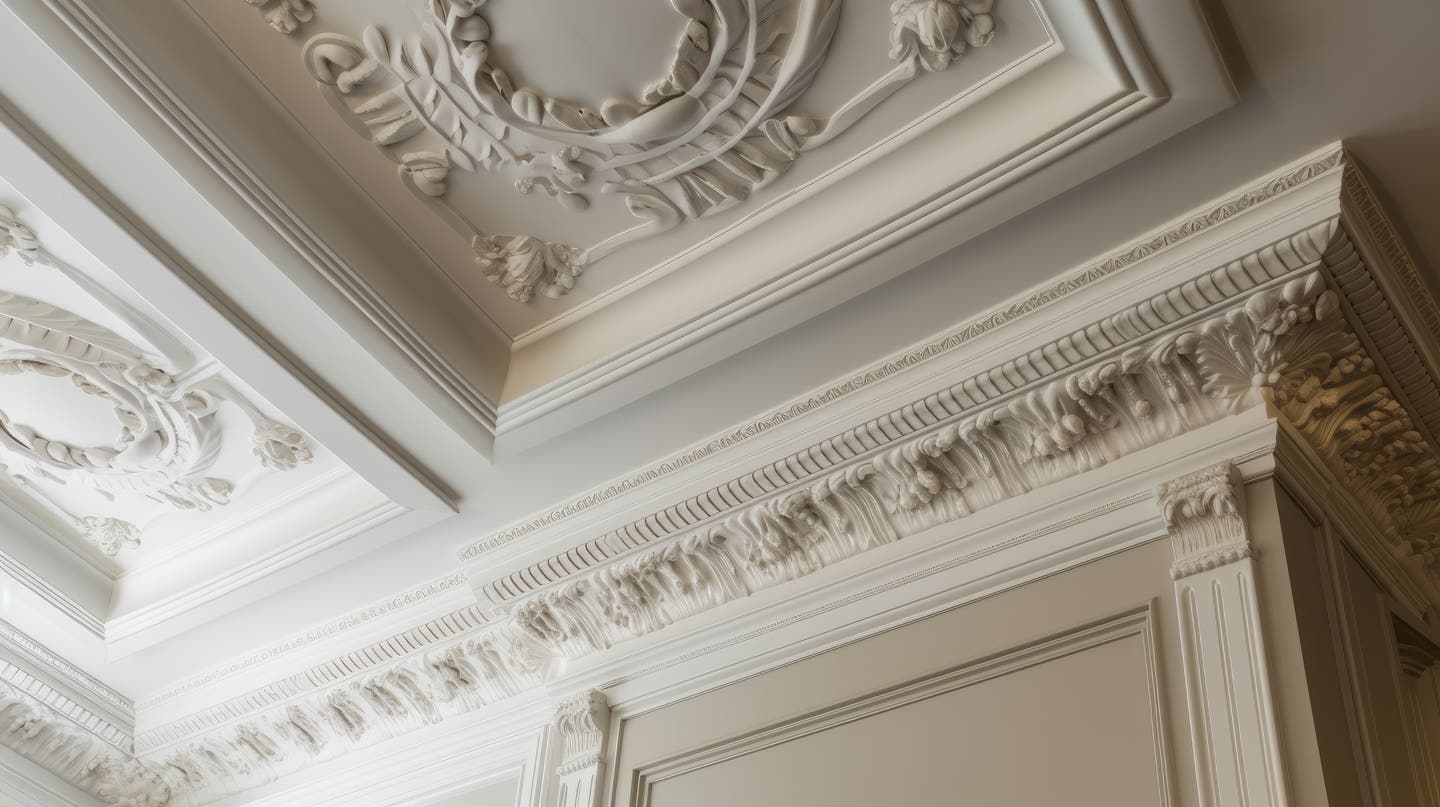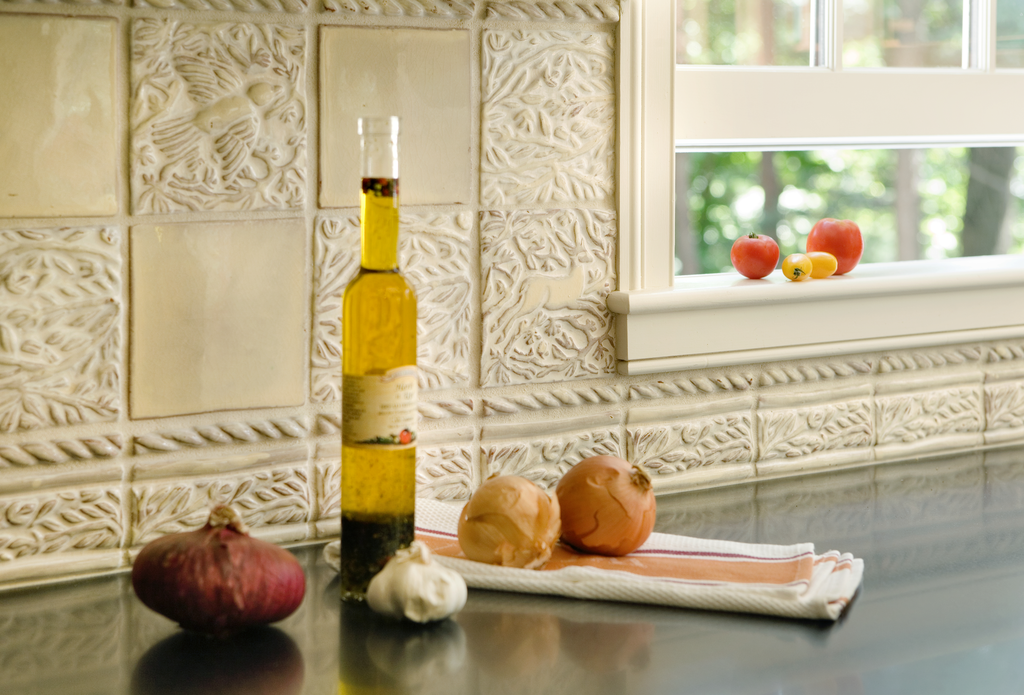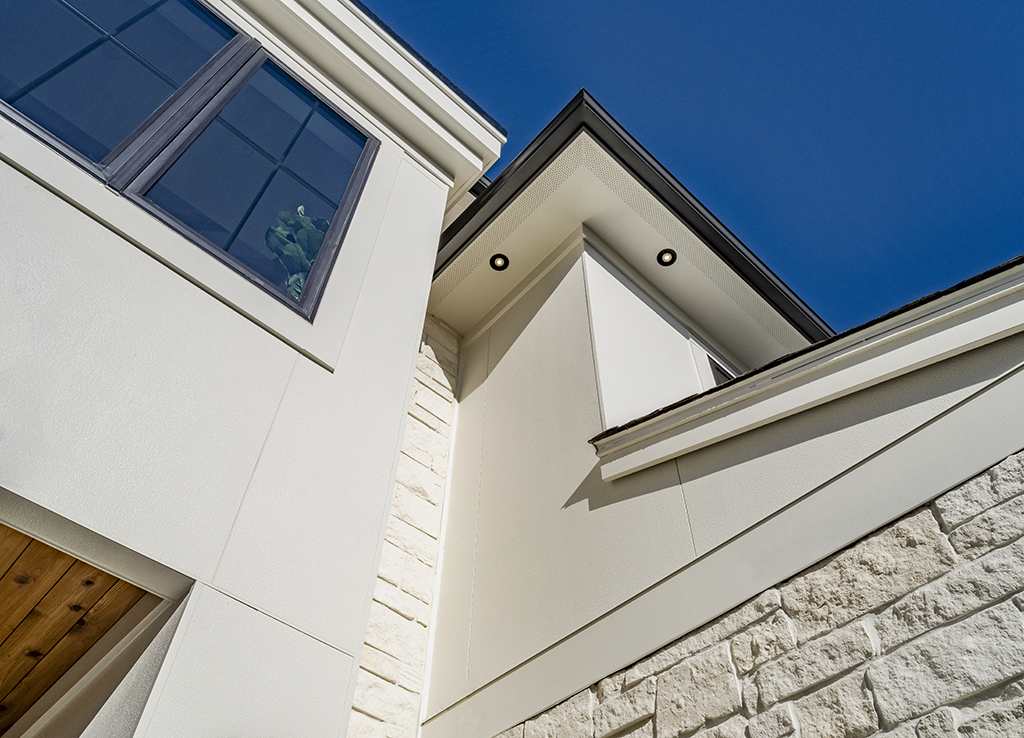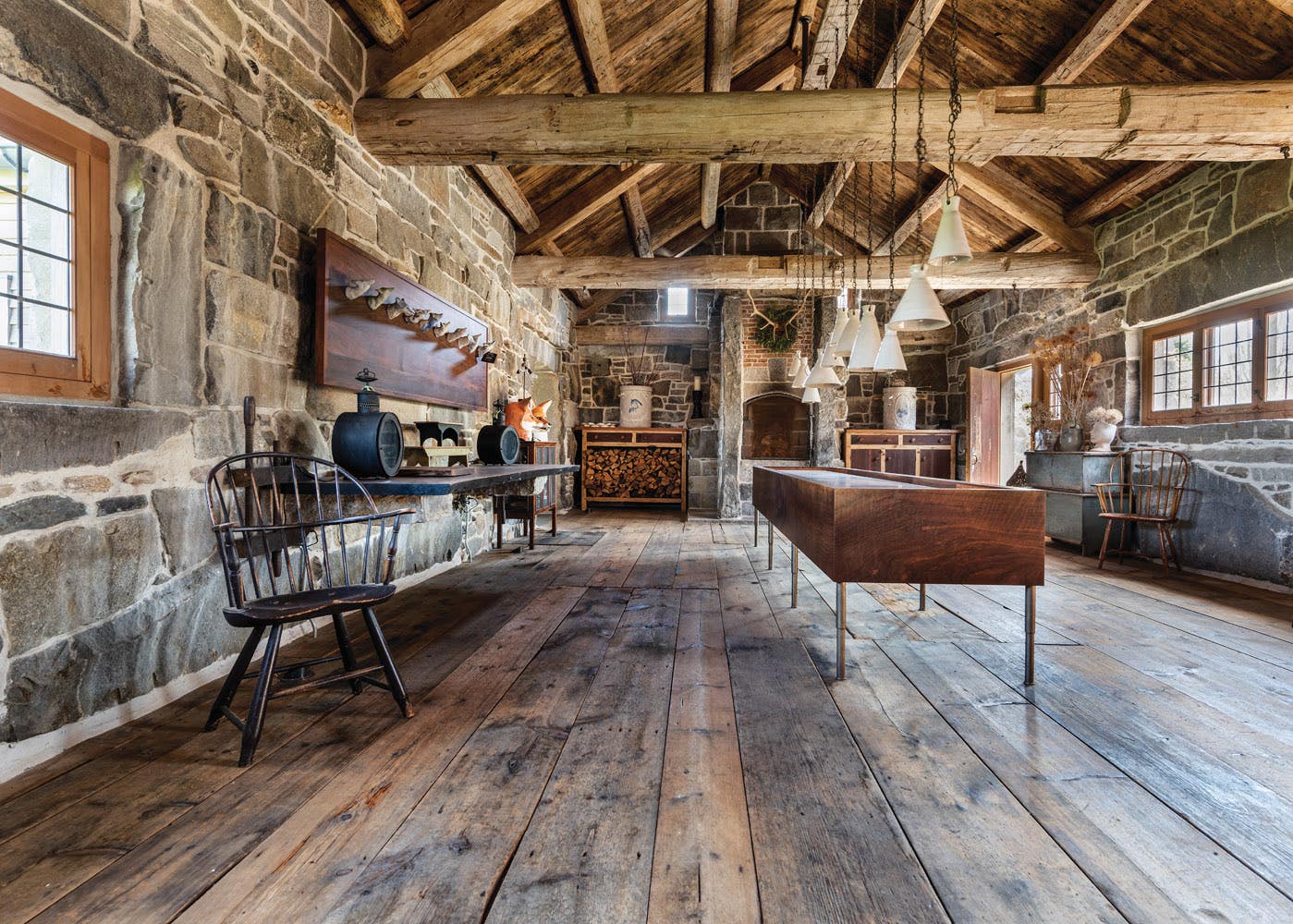
Product Reports
Using Antique Flooring
No matter the project—historic restoration or a “new old” house—you cannot replicate the color, patina, and character of original antique flooring. Boards that have existed well over 100 years offer warmth, width, and history. Using them has the additional benefit of saving valuable building materials from the dump. If these qualities are important, using antique flooring is well worth the challenges of purchasing and installing it.
“The first thing you notice is the rich patina, which took nature hundreds of years to create,” says Tom Campbell of Old Wood Workshop, which specializes in supplying 18th- and early 19th-century flooring. “…also subtle variations of color, the texture and contour of the surface due to foot wear or saw marks, the taper of the board from end to end, even defects such as leather or tin patches—all of these nuances create a unique and beautiful floor.”
Campbell sells flooring in batches, just as it was salvaged from historic homes or barns, to re-create a truly authentic look. Like most suppliers in his business, he still occasionally salvages a floor himself but relies on demolition contractors or pickers throughout the eastern seaboard to help source his materials. Campbell is always on the lookout for extremely rare, very wide boards—up to 24 inches—and focuses on buying materials that are circa mid-1800s and earlier. His flooring batches are cleaned and de-nailed. Occasionally, he will strip paint or do some repair work on a batch but he usually leaves milling to the contractor.
Original antique flooring requires a lengthy process to make it install-ready. Floors must be salvaged, handled, and stored with care to prevent damage, then measured and inventoried, cleaned and de-nailed, and stickered to sit over time or kiln dried to remove moisture. Only then can the material be milled to specifications. Installation can be a challenge since board dimensions (including thickness) and variation in color are not uniform. It requires a careful eye and experience. Campbell does not do installation work, but he offers advice and can recommend professionals in New England.
Bob Friedman of Chestnut Woodworking and Antique Flooring Co. has been supplying and installing antique floors since the 1980s. His customers are attracted to the beauty of a vintage floor. Unfortunately, antique barns and homes are a limited resource, rapidly disappearing from our landscape. “New wood doesn’t come close to the old-growth material, but it’s getting harder to source antique lumber,” says Friedman. “I travel from Tennessee to Canada to find it. These days I have to go farther and pay more for it.”
Every floor is a custom job for Friedman. He works closely with his clients to meet their needs. Once the boards are milled to a job’s specs and installed, finishes can include wax, oil, light stains, and additional hand planing or brushing surfaces. Friedman might have to combine several flooring batches of the same species to create a single order of large dimensions, since antique homes did not have 5,000-square-foot areas. “There are minor variations of color but customers really like the look of it,” he says. “That’s part of the beauty of antique flooring.”
Chestnut Specialists in Plymouth, Connecticut, also supplies reclaimed building materials. “Our main activity is repurposing reclaimed boards for flooring,” says owner David Wasley. Most of his flooring is remilled from antique lumber to a smooth and uniform width, but he can also supply flooring that preserves an original worn surface and edges. “Besides its natural beauty, we are reclaiming and recycling, so antique wood is a green building product,” he says.
According to Wasley, it takes about a dozen steps from salvage to installation. “It’s very time consuming and labor intensive.” He points out potential installation issues: “Although we mill to uniform widths, we are using a limited resource. Compared to conventional boards, dimensions might not be what contractors are used to because we try to cut down on waste.”
Wasley advises making sure the installation crew knows exactly what the customer wants. “You don’t want the finishing guys to sand it smooth and level if the customer wants the original rough surface. If you are using a finish on a floor, you need to test it on side pieces to see what it looks like. A lot of original surfaces are conducive to leaving as is.”
“The antique building materials business has drastically changed from dismantling colonial and other era buildings for reconstruction or restoration to simply utilizing the ‘heart and soul’ components in remodeling or new construction projects,” says Glenn Pianka of Olde New England Salvage. Pianka has been salvaging and selling antique materials since 1982. “The best wide-board flooring usually comes from the attic of colonial-era homes due to their limited abuse. Then the second floor, for the same reasons, although this is where you may find that the boards have been painted.” A recent salvage project he undertook in New Hampshire produced 950 square feet of 13 to 16-inch wide hard pine, mostly in the 14 to 16-foot length. “Most of those boards never had a nail put through them yet they remained ‘flat as a board’.” This find is rare these days, he says.
“The choice to use authentic-surface period flooring versus re-sawn stock is a combined analysis of the client, architect/designer, and a competent contractor to bring a vision to reality,” says Pianka. “I personally have not ever heard of anyone who chose antique flooring say that they wished they had selected another option.”
Antique Flooring Suppliers
These antique flooring suppliers have all been in business for over 25 years. Each is dedicated to providing top-quality material and outstanding customer service.
Old Wood Workshop, LLC
Pomfret, CT; 860-655-5259
oldwoodworkshop.com
Chestnut Woodworking & Antique Flooring Co.
West Cornwall, CT; 860-672-4300
chestnutwoodworking.com
Chestnut Specialists, Inc.
Plymouth, CT; 860-283-4209
chestnutspec.com
Olde New England Salvage
Bozrah, CT; 860-885-9589
oldenewenglandsalvage.com



